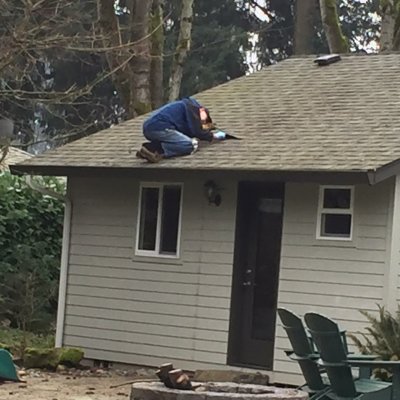Music Lover
Give me a museum and I'll fill it. (Picasso) Give me a forum ...
I replaced our WH a few years back. The smell came in a couple of weeks. I never had that smell before. I treated the water to kill the Iron Rust bacteria, and within another 3 weeks we had that smell again. Rheem recommended a special resistive anode. That worked for about 5-6 weeks before the smell came back. I then got a powered anode. several years later, still going strong.
In our case, the smell came from iron rust bacteria. Perfectly harmless to humans. They feed and multiply on the anode material. The old tank was about 27 years old and had no anode! The powered anodes are not cheap. A couple hun IIRC. but well worth it. (pardon the pun).
This is the one I'm getting...$135 Canadian, $104 in the US.:
https://www.amazon.com/Corro-Protec...=1548342716&sr=8-3&keywords=powered+anode+rod

